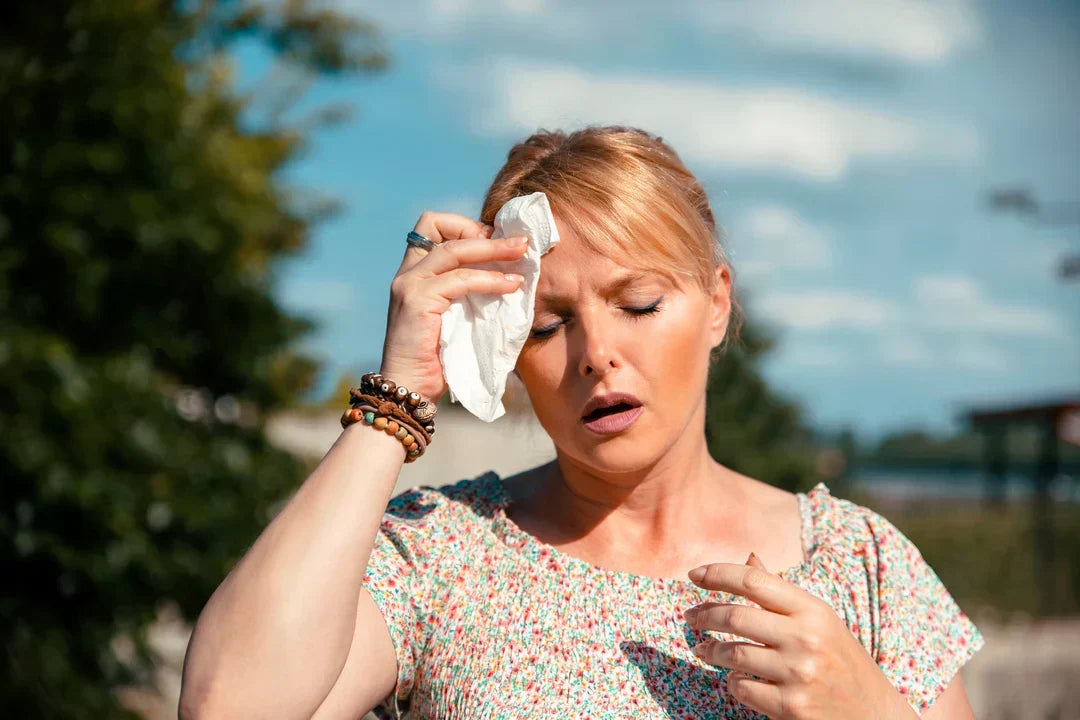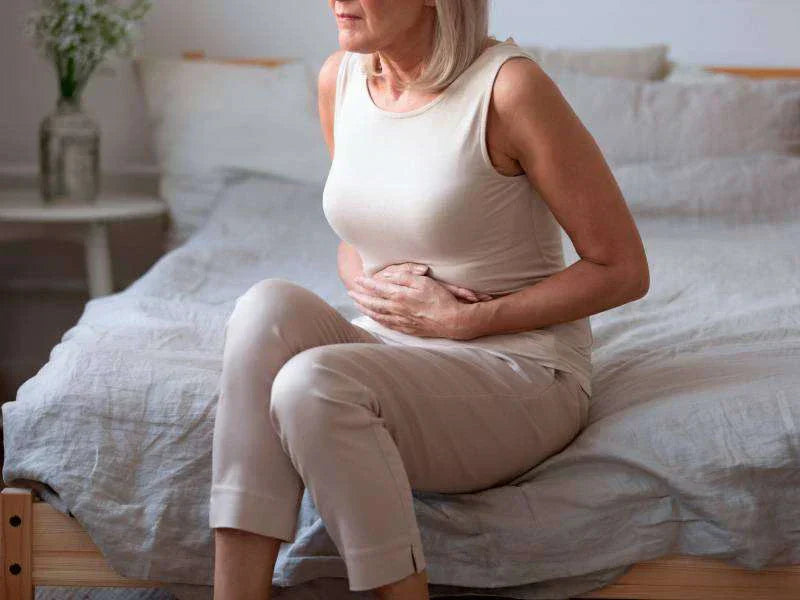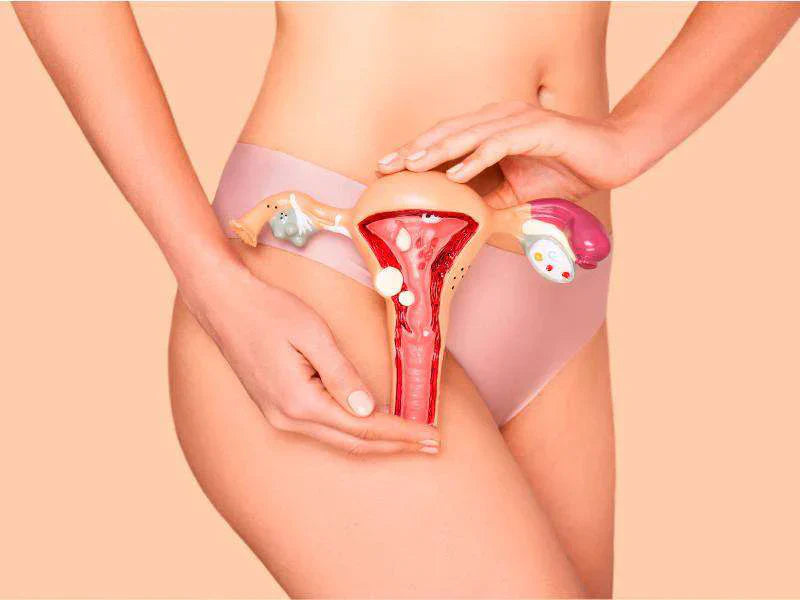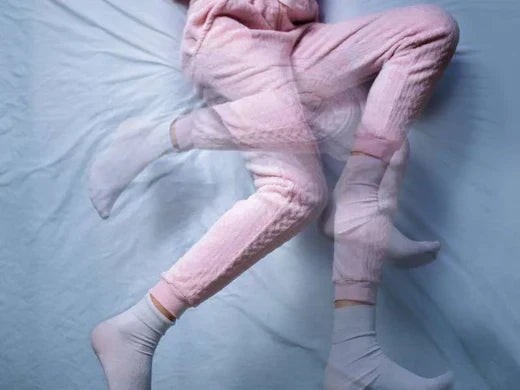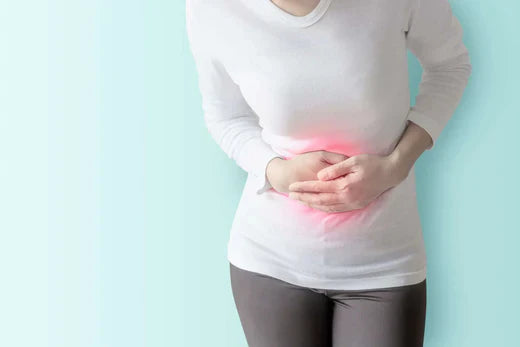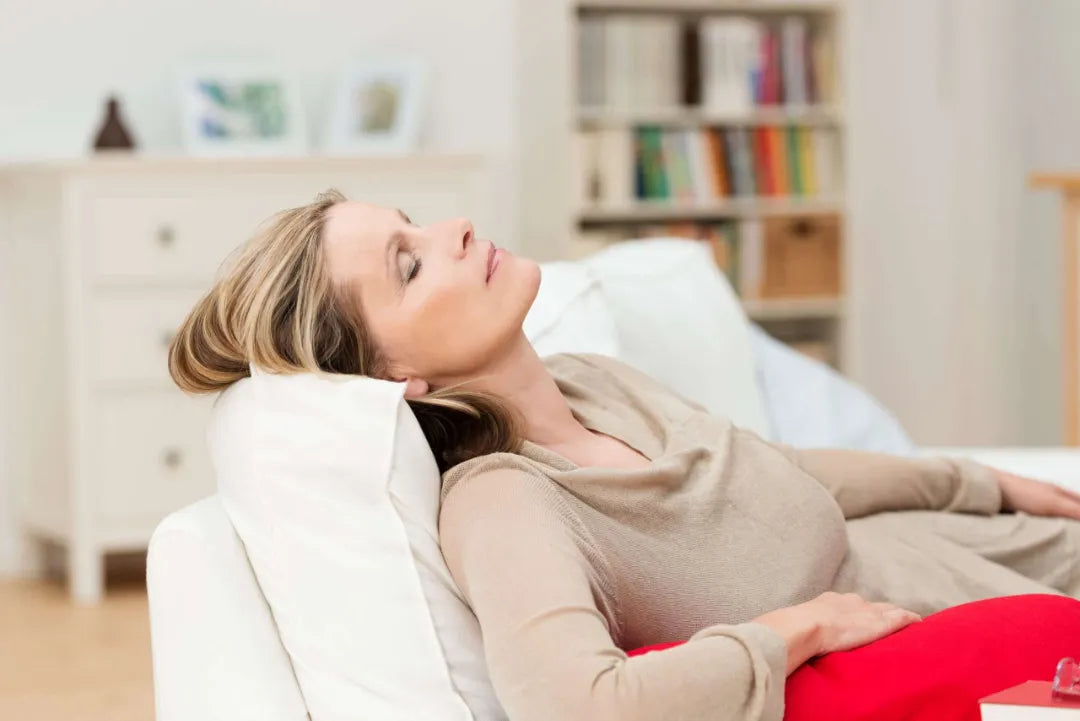Excessive sweating that is not caused by heat or related to exercise is a condition known as hyperhidrosis. It can even occur in situations when you are not exercising. For example, while you are sleeping or reading a book (1,2).
This usually occurs for no apparent reason. However, there are some conditions that may be involved. Such is the case with diabetes, pregnancy, low blood sugar levels, menopause, among others. In the climacteric period, for example, excessive sweating may be linked to hot flushes (1,3).
Why does hyperhidrosis occur in menopause?
Uncontrolled sweating during menopause is due to the hormonal imbalance typical of this stage. The change in estrogen and progesterone levels affects the action of other hormones responsible for regulating body temperature. This leads to a feeling of sudden heat and sweating (4,5).
Signs and symptoms that often accompany excessive sweating

The main symptom of this condition is precisely the excess heat, which can affect the whole body or only certain areas. For example (3):
-
Armpits
-
Palms of the hands or soles of the feet (in this case, both extremities are usually affected equally)
-
Face
-
Chest
-
Ingle
In addition, before hyperhidrosis, the warning signs to be aware and seek medical assistance are (6):
-
At least 6 months, it has lasted.
-
You can continue with daily activities.
-
It happens at least once a week.
-
You have a family history of this condition.
-
It happens more often at night.
Complications that can be triggered by excessive sweating
Excessive sweating does not usually pose a threat to health. Nevertheless, it can sometimes lead to physical and emotional complications. These include (2,3,7):
-
Fungal infections, especially on the nails and feet.
-
Skin conditions, such as, hyperpigmentation, breast lumps, warts, eczema and boils.
-
Unpleasant body odor.
-
Dry skin, even, it can be inflamed, cracked, red or pale. As a result, this can lead to expression lines on the face.
-
Feelings of unhappiness and hopelessness, as well as little interest in social interaction.
Tips to help manage excess sweat
There are some lifestyle recommendations that can help in the management of hyperhidrosis. The main ones are (1,3,4,6,8,9):
Wear loose-fitting clothes to avoid excessive sweating
One of the first actions you should take to minimize uncontrolled sweating is to change the type of clothes you wear. Start wearing loose-fitting, cotton clothing. Also, wear moisture-wicking socks and try to change them at least twice a day.
Also, avoid closed shoes that can make your feet sweat more. As well, if sweating causes you a lot of embarrassment, try wearing black or white clothes to reduce the marks.
Avoid certain types of food
Another change you can make is to avoid certain foods that promote sweating. For example, drinks such as alcohol, caffeine, and spicy food. Instead, try to increase the amount of water, fruit, and vegetables you eat each day.
Avoid tobacco use
Smoking is another habit you should eliminate.
Keep your room cool
This can help you control sweating during the night. To keep the room cool, keep a fan next to you, turn on the air conditioner or open the windows to circulate the air. In fact, you can also take a shower before going to bed. This habit can be part of your skin care routine and promotes good sleep.
Maintain a healthy weight
Hyperhidrosis may be more common if you are overweight or obese. Therefore, try to maintain a healthy weight by eating a balanced diet and exercising regularly. Remember to use sunscreen with photo protection right for you.
Learn how to manage stress
Stress is one of the factors that can stimulate excessive sweating. To avoid this, try to relax and practice breathing and meditation techniques. Stress is also associated with hair loss. That is why it is important to keep it under control.
If you put these tips into practice and continue to sweat excessively or show one of the warning signs, it is time to consult a doctor. This will help you find a solution that is right for you.
Referencias bibliográficas
-
Mayo Clinic. Hyperhidrosis [Internet]. United States of America: Mayo Clinic; 2022. [Cited 2022 Nov 30]. Available from:
https://www.mayoclinic.org/es-es/diseases-conditions/hyperhidrosis/symptoms-causes/syc-20367152
-
Das S. Hyperhidrosis [Internet]. United States of America: MSD Manual, Professional Version; 2022. [Cited 2022 Nov 30]. Available from: https://www.msdmanuals.com/professional/dermatologic-disorders/sweating-disorders/hyperhidrosis
-
NHS 24. Hyperhidrosis [Internet]. Scotland: NHS Inform; 2022. [Cited 2022 Nov 30]. Available from: https://www.nhsinform.scot/illnesses-and-conditions/skin-hair-and-nails/hyperhidrosis
-
Cavaco J. Coping with menopausal hot flashes and night sweats [Internet]. United States of America: Medical News Today; 2018. [Cited 2022 Nov 30]. Available from: https://www.medicalnewstoday.com/articles/322351
-
Cleveland Clinic. Night sweats [Internet]. United States of America: Cleveland Clinic; 2022. [Cited 2022 Nov 30]. Available from: https://my.clevelandclinic.org/health/symptoms/16562-night-sweats
-
NHS. Excessive sweating (hyperhidrosis) [Internet]. England: National Health Service; 2021. [Cited 2022 Nov 30]. Available from: https://www.nhs.uk/conditions/excessive-sweating-hyperhidrosis/
-
Mayo Clinic. Folliculitis [Internet]. United States of America: Mayo Clinic; 2022. [Cited 2022 Nov 30]. Available from: https://www.mayoclinic.org/diseases-conditions/folliculitis/symptoms-causes/syc-20361634
-
Cleveland Clinic. What to eat when you have hot flashes [Internet]. United States of America: Cleveland Clinic; 2022. [Cited 2022 Nov 30]. Available from: https://health.clevelandclinic.org/what-to-eat-when-you-have-hot-flashes/
-
Fathi R. Hair loss [Internet]. United States of America: MedlinePlus; 2021 [Cited 2022 Nov 30]. Available from: https://medlineplus.gov/ency/article/003246.htm
You May Also Like

JOIN US AND GET 10% OFF
Sign up to our newsletter to access free resources, advice and support.



